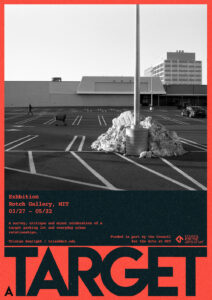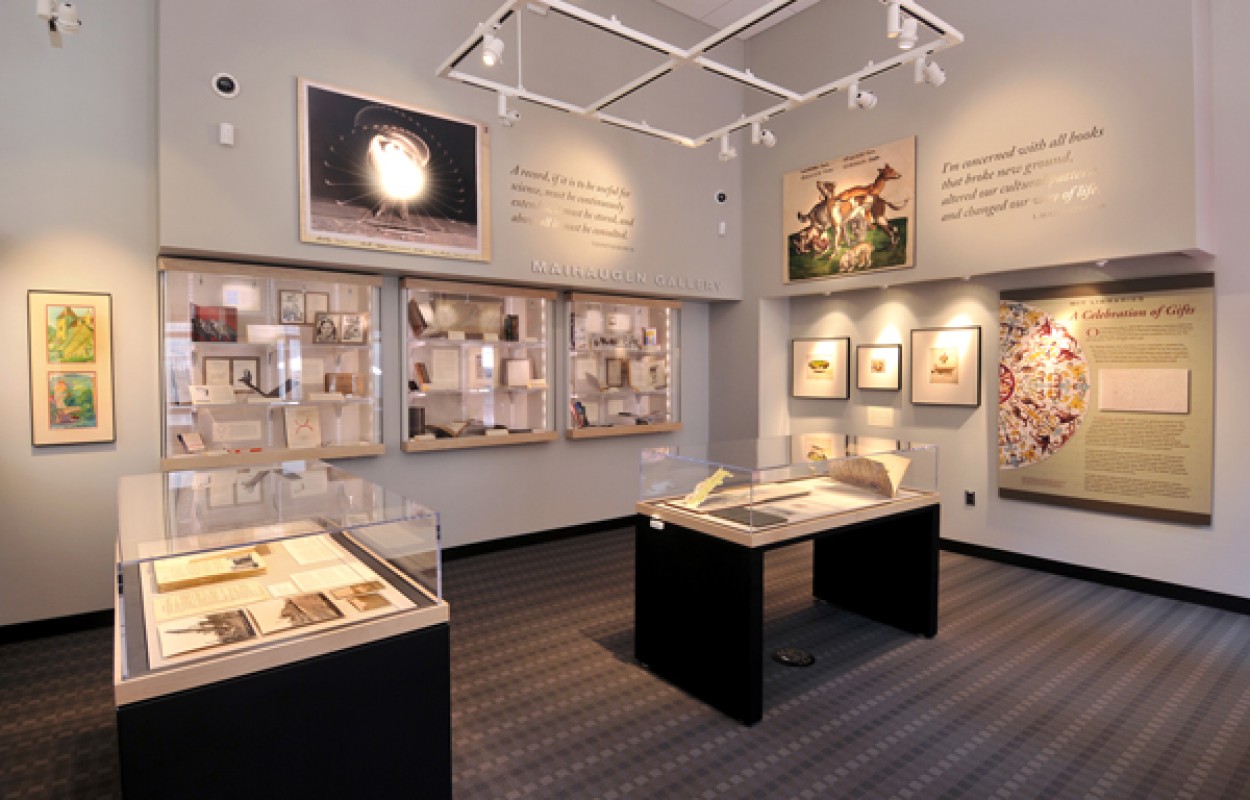 The target at 180 Somerville Avenue is nothing special. As a place to observe adjacent spaces and events however, its boring and typical department store features become a meaningful backdrop to question patterns of daily life, street infrastructure, urban development and the multiple roles a parking lot plays within and in between these things.
The target at 180 Somerville Avenue is nothing special. As a place to observe adjacent spaces and events however, its boring and typical department store features become a meaningful backdrop to question patterns of daily life, street infrastructure, urban development and the multiple roles a parking lot plays within and in between these things.
The photographs in this work are at once a survey, critique and minor celebration of a target parking lot and everyday urban relationships that generate questions rather than answers. Beginning at the parking lot, they record the range of fleeting events and more permanent ones; from parking cars, road markings, walking routes, the movement of construction materials, buying flour in a snowstorm and soon-to-be completed urban developments. Robert Adams—a photographer who spent a good share of his time observing parking lots—described his search to for beauty in 1960s suburban Denver as being conducted “on the basis of a radical faith in inclusion”. In fully exploring the parking lot as an element of the wider cities of Somerville and Cambridge, I spent time outside of its official boundary; documenting an expanded relationship with city with a version of that faith Adams describes. By merging a more spontaneous photographic approach with more deliberate effort to compose, I hope the photographs represent the messy and disparate, but potentially meaningful relationship between the parking lot, mobility patterns, material consumption, construction and a residential landscape in transformation.
By exploring the everyday dynamics of mundane spaces, these photographs present a question of interest to designers and city planners: do we pay open, extended attention to spaces we intervene on—especially to those that are seemingly ordinary? Today we spend very little time actually “on site”, seeing, documentation and experiencing the environment. When we do, it is fleeting, conditioned by perpetual analysis and fragmented by our distracting tools of documentation. Observing with an open, free awareness is therefore a fundamental skill to overcome these obstructions to understanding a place—and one we might bring into our research practice is we want to fully account for how spaces, behaviour and cultural imbue each other with meaning.
Curator: Tristan Searight, March Graduate Student, MIT
The relationship between wellbeing, everyday life, and the spaces between and within buildings fascinates me. My work attempts to understand this relationship through a broad scientific, collaborative framework for studying spaces and people in cities. Currently, I’m working on my Master of Architecture thesis at MIT where I’m researching ways of leveraging built environment to shift eating habits to create healthier, more sustainable and joyful meal experiences.
